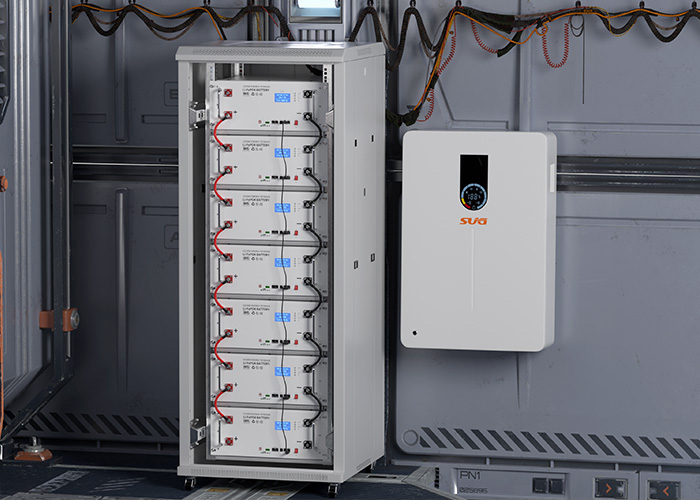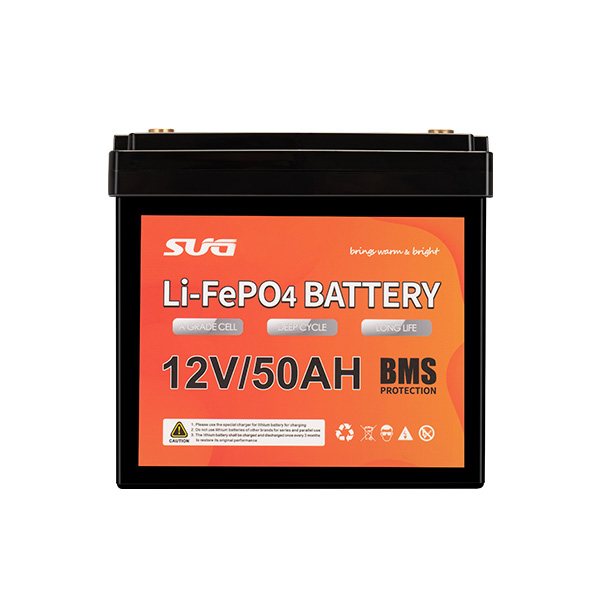In an era where sustainable energy solutions are not just a luxury but a necessity, lithium batteries have emerged as a cornerstone of modern power storage. As a leading manufacturer in the field of inverters, lithium batteries, and solar energy storage systems, SUG understands the pivotal role these batteries play in revolutionizing the energy landscape. But what exactly is a lithium battery, and why has it become the go-to choice for various applications, from portable electronics to large - scale energy storage?

A lithium battery, at its core, is a type of rechargeable battery that relies on the movement of lithium ions to store and release energy. Unlike traditional batteries, such as lead - acid or nickel - cadmium batteries, lithium batteries offer a higher energy density, which means they can store more energy in a smaller and lighter package. This characteristic makes them ideal for a wide range of applications where size and weight are critical factors, such as in smartphones, laptops, and electric vehicles.
The working principle of a lithium battery is based on an electrochemical process. Inside the battery, there are typically three main components: a positive electrode (cathode), a negative electrode (anode), and an electrolyte. During the charging process, lithium ions are extracted from the cathode and move through the electrolyte to the anode, where they are stored. When the battery is in use (discharging), the lithium ions move back from the anode to the cathode, releasing energy in the form of electrons that can be used to power devices.
One of the most significant advantages of lithium batteries is their long cycle life. They can be charged and discharged hundreds or even thousands of times without a significant loss in performance. This durability makes them a cost - effective solution in the long run, despite their relatively higher upfront cost compared to some traditional batteries. Additionally, lithium batteries have a low self - discharge rate, meaning they can retain their charge for extended periods when not in use. This is particularly beneficial for applications such as emergency backup power systems and remote sensors.
In the context of SUG's focus on Energy Storage Lithium Batteries, these batteries play a crucial role in integrating renewable energy sources, such as solar and wind, into the power grid. Solar panels generate electricity during the day when the sun is shining, but this energy needs to be stored for use during the night or on cloudy days. Lithium - based energy storage systems can efficiently store this excess solar energy and release it when required, ensuring a stable and continuous power supply. This not only helps to reduce reliance on fossil fuels but also enhances the reliability of the energy system.
Lithium batteries also contribute to a cleaner and greener environment. They do not contain toxic heavy metals like lead or cadmium, which are commonly found in traditional batteries. When properly recycled, lithium batteries can minimize their environmental impact, further supporting the global shift towards sustainable energy solutions.
SUG's commitment to manufacturing high - quality Energy Storage Lithium Batteries is driven by a deep understanding of the market's needs and the importance of technological innovation. By leveraging the latest advancements in battery technology, SUG ensures that its lithium batteries offer superior performance, safety, and durability. Whether it's for residential, commercial, or industrial applications, SUG's lithium - based energy storage systems are designed to meet the diverse power requirements of today's world.

In conclusion, lithium batteries are more than just a power source; they are a key enabler of the clean energy transition. Their unique properties, such as high energy density, long cycle life, and low self - discharge rate, make them an essential component in a wide range of applications. As a leading manufacturer, SUG is at the forefront of this technological revolution, providing innovative lithium battery solutions that are shaping the future of energy storage.
GET A QUOTE
Talk to Our Expert